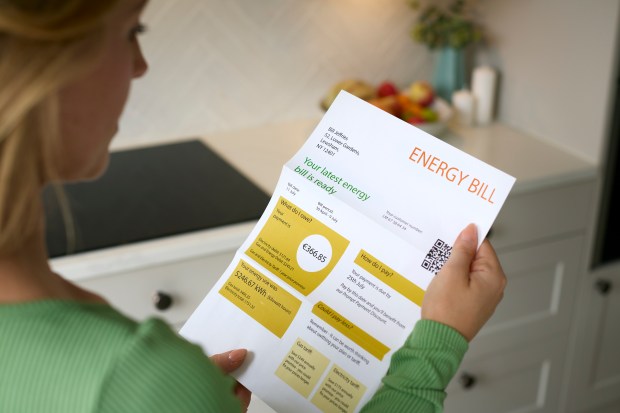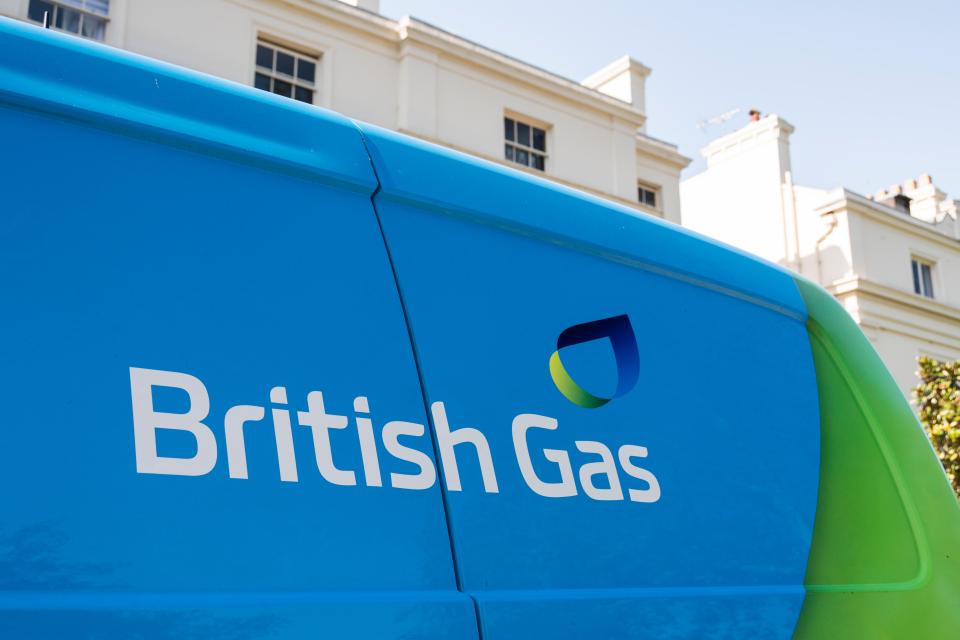THOUSANDS of British Gas customers have just days left to make a key check to prevent being overcharged.
Ofgem‘s price cap will increase from £1,717 a year to £1,738, affecting 26million households on their supplier’s standard variable tariff.
It’s important to note, though, that the price cap is not a limit on the overall amount people will pay for their energy.
Instead, it caps the amount that they pay per kilowatt hour, or unit, for gas and electricity.
This is why it’s crucial for those without smart meters to regularly submit meter readings to their energy supplier.
An updated meter reading will mean your supplier has a more accurate idea of your usage and bill you accurately.
So if you haven’t done this in a while, it’s always advised to submit yours before the new price cap comes into force on January 1.
However, the exact deadline for submitting readings differs depending on your supplier and some will allow you to backdate the reading from the date it was meant to be submitted.
For example, British Gas customers have until January 14 to send in a reading online via its app, telephone line or web form.
You will be given an estimated bill if you fail to provide an updated meter reading by this deadline.
This could mean that some of your energy usage ahead of January 1 could be charged at the new higher rate.
So, giving an exact reading at the time the rates change prevents this from happening.
Remember, those with smart meters don’t need to send a manual reading because they’re sent to suppliers automatically.
There’s also no need to submit a meter reading if you’re on a traditional prepayment meter.
How do I calculate my energy bill?
BELOW we reveal how you can calculate your own energy bill.
To calculate how much you pay for your energy bill, you must find out your unit rate for gas and electricity and the standing charge for each fuel type.
The unit rate will usually be shown on your bill in p/kWh.The standing charge is a daily charge that is paid 365 days of the year – irrespective of whether or not you use any gas or electricity.
You will then need to note down your own annual energy usage from a previous bill.
Once you have these details, you can work out your gas and electricity costs separately.
Multiply your usage in kWh by the unit rate cost in p/kWh for the corresponding fuel type – this will give you your usage costs.
You’ll then need to multiply each standing charge by 365 and add this figure to the totals for your usage – this will then give you your annual costs.
Divide this figure by 12, and you’ll be able to determine how much you should expect to pay each month from April 1.
We’ve explained how to take a gas and electricty meter reading below.
TAKE A METER READING
If you don’t your supplier a regular meter reading your bills will be based on estimated energy use.
This can mean paying more than necessary or underpaying and then having to make bigger payments later.
Taking a meter reading should only take a minute, and once you have noted down the figures you can usually give to your provider by text, online or through an app.
Look up the individual options with your own supplier.
It’s a good idea to take a quick picture of your meter reading when you submit it – just in case you need it as evidence in any disputes that arise.
Exactly how you take a meter reading depends on the type of meter you have.
Electricity meters
If you have a digital electricity meter, you will just see a row of six numbers – five in black and one in red.
Take down the five numbers in black-you don’t need the red number.
If you are on an Economy 7 or 10 tariff which gives you cheaper electricity at night – you will have two rows of numbers and need both.
If you have a traditional dial meter you will need to read the first five dials from left to right, again you don’t need the red ones.
If the pointer is between two numbers, write down the lower figure and if it is between nine and zero write down the number nine.
If the dial is directly over a number, write down that number and underline it.
If you’ve underlined a number, check the next dial to the right.
If the pointer on that dial is between nine and zero, reduce the number you’ve underlined by one.
For example, if you originally wrote down five, change it to four.
Gas meters
If you have a digital metric meter showing five numbers and then a decimal place, you only need to write down the first five numbers from left to right.
If you have a digital imperial meter, your meter will read four black numbers and two red numbers – note down the four black numbers only.
If you have a dial gas meter, follow the same steps as the dial electricity meter, but you don’t need to follow the process of underlining figures.
What energy bill help is available?

There’s a number of different ways to get help paying your energy bills if you’re struggling to get by.
If you fall into debt, you can always approach your supplier to see if they can put you on a repayment plan before putting you on a prepayment meter.
This involves paying off what you owe in instalments over a set period.
If your supplier offers you a repayment plan you don’t think you can afford, speak to them again to see if you can negotiate a better deal.
Several energy firms have schemes available to customers struggling to cover their bills.
But eligibility criteria vary depending on the supplier and the amount you can get depends on your financial circumstances.
For example, British Gas or Scottish Gas customers struggling to pay their energy bills can get grants worth up to £2,000.
British Gas also offers help via its British Gas Energy Trust and Individuals Family Fund.
You don’t need to be a British Gas customer to apply for the second fund.
EDF, E.ON, Octopus Energy and Scottish Power all offer grants to struggling customers too.
Thousands of vulnerable households are missing out on extra help and protections by not signing up to the Priority Services Register (PSR).
The service helps support vulnerable households, such as those who are elderly or ill.
Some of the perks include being given advance warning of blackouts, free gas safety checks and extra support if you’re struggling.
Get in touch with your energy firm to see if you can apply.
